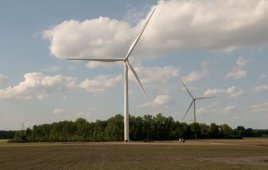Falling costs, new technological advancements, and a fresh approach to analytics procurement make machine learning deployments easier than ever, report finds
A recent new report from Navigant Research examines use cases for machine learning in the utility industry, detailing its advantages over other analytics techniques, and providing future requirements and recommendations.
Machine learning is rapidly moving into the mainstream and is high on the agenda of many utilities. While the technology has existed in parts of the utility value chain for years, various drivers are expected to increase its use throughout other areas of the business.
“The utility industry is already using self-learning algorithms, particularly in the field of asset monitoring and predictive maintenance, and several reasons suggest the use of machine learning will expand to many more use cases and its adoption will accelerate,” says Stuart Ravens, principal research analyst with Navigant Research. “During the past decade, it has become easier for companies to deploy machine learning thanks to falling costs, new technological advancements, a softening of conservative attitudes, and a fresh approach to analytics procurement.”
Utilities are encouraged to investigate how and where machine learning can help their businesses now and in the future, but should be aware of existing limitations. According to the report, machine learning is best suited for a handful of specific analytical processes, including clustering, regression, and classification.
The report, Machine Learning for the Digital Utility, describes several use cases for machine learning and examines why machine learning has an advantage over existing analytics techniques. Future requirements for machine learning—specifically for distributed energy resources (DER) management and transactive energy—are also discussed, as are several recommendations for utilities developing their machine learning strategies. An Executive Summary of the report is available for free download on the Navigant Research website.
Filed Under: Uncategorized




